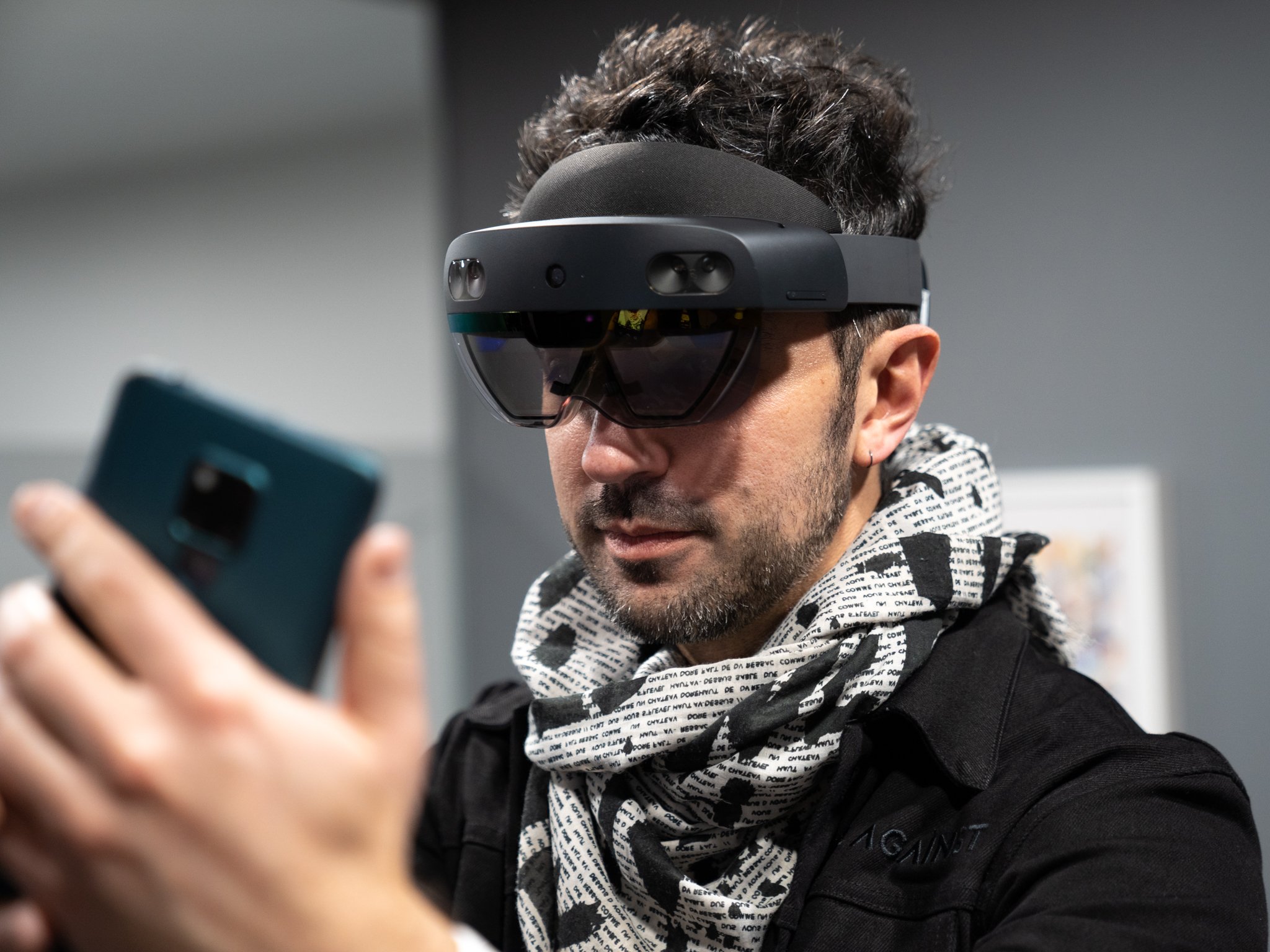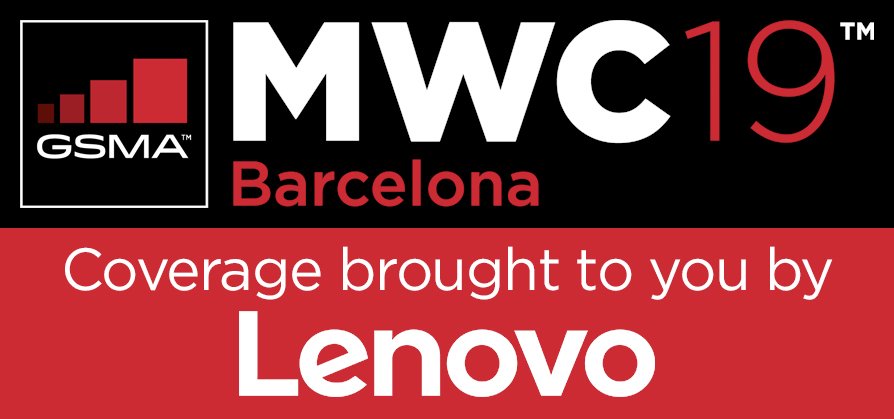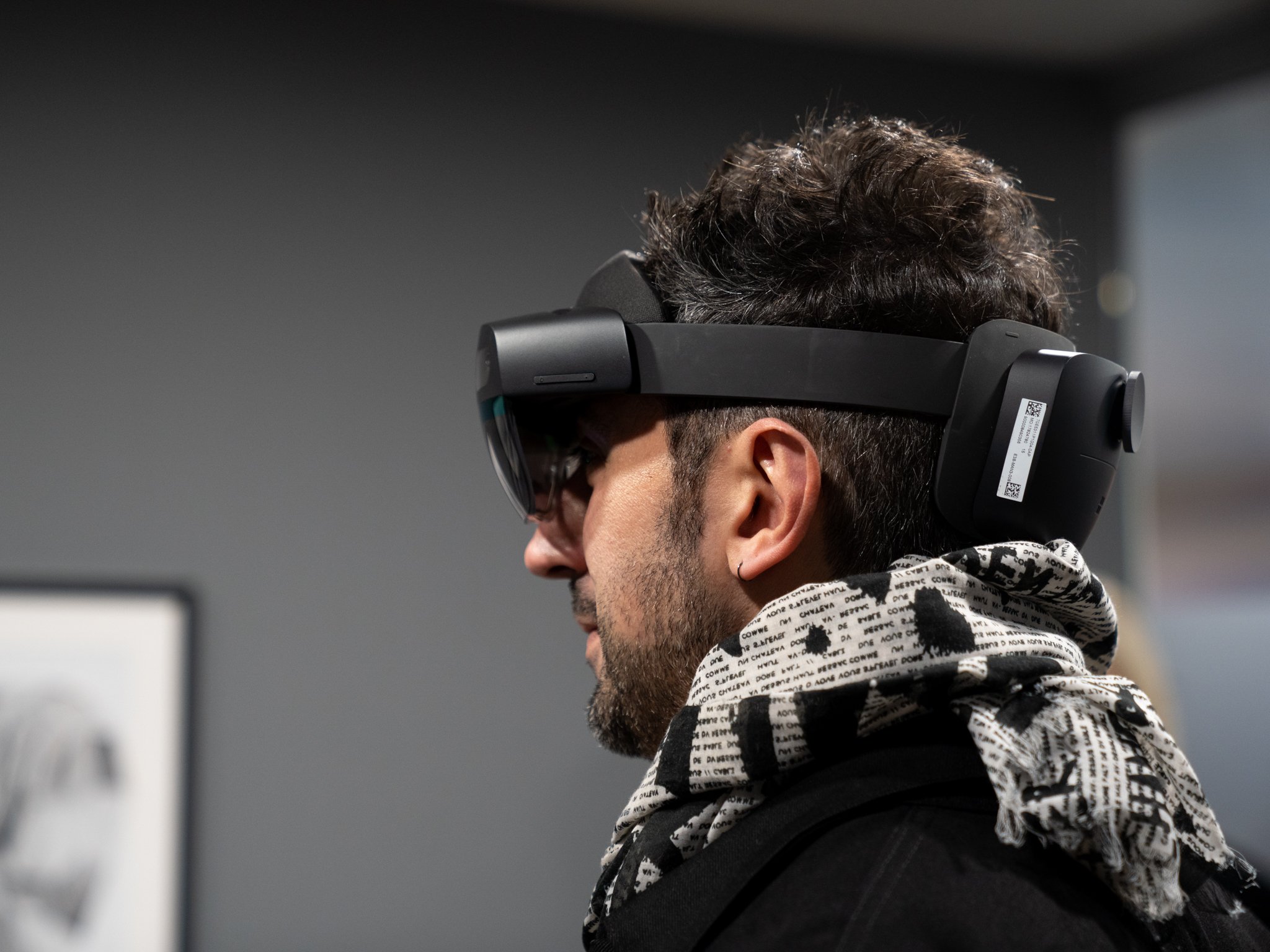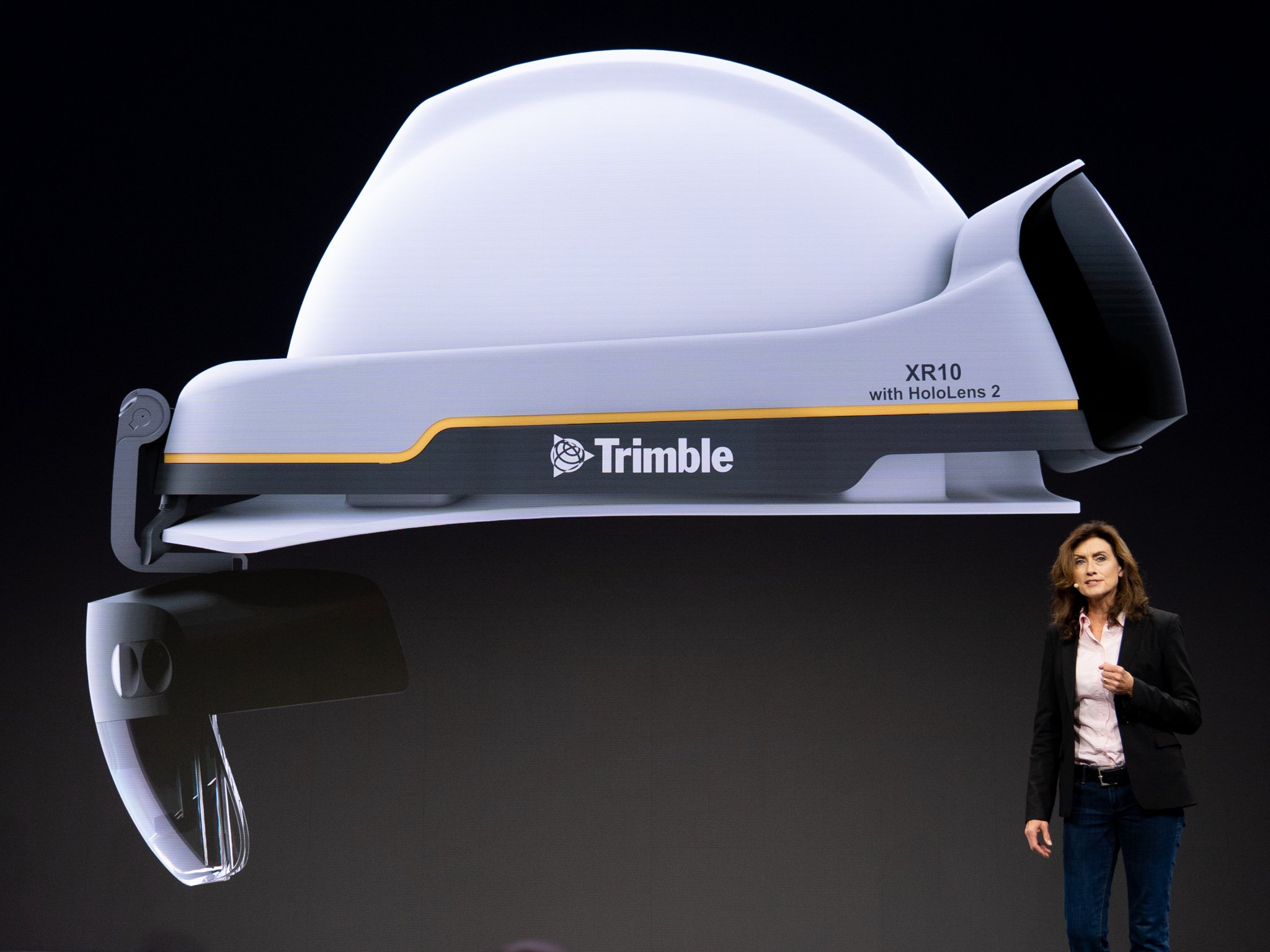Microsoft HoloLens 2 hands-on: A new generation of holographic computing
Microsoft's HoloLens 2 is going after an often-ignored workforce that's ripe for digital transformation.


Microsoft's HoloLens 2 may not yet represent the big push into the consumer space some may want, but that doesn't mean it's not the "next big thing," at least for those a specific type of worker.
A day after Microsoft's announcement at Mobile World Congress in Barcelona, Spain – an event the company has eschewed since the demise of Windows Phone – I got to try the wearable holographic headset. What a difference four years make.
HoloLens 2 design and motivation
Before my test run with HoloLens 2, I sat with Greg Sullivan, Director of Communication, Mixed Reality, to talk about the road from the first version to version two, which is due to launch later this year.
Sullivan tells me that all decisions around HoloLens 2 were made to satisfy its customers, those who already have deployed HoloLens 1 in the field and gave feedback to its engineering teams. Three main areas for improvement were identified as priorities for the company:
- Make HoloLens 2 more immersive.
- Make HoloLens 2 more comfortable.
- Bring more out of box value, with less time required to develop applications.
To point number one, Microsoft is making HoloLens 2 more immersive through what it calls "instinctual interaction." The driving theory is that computing – especially holographic computing – should not rely on training, but rather fundamental modes that we are already familiar with in the real world. Want to move a hologram? Just grab it, or tell it to follow you as you walk.
Through the ability to track hand movements, users can now interact with the holograms directly. The same goes for eye-tracking, something Microsoft is quite familiar with after adding it to Windows 10 back in 2017.
To make HoloLens 2 more comfortable Microsoft's Human Factors Group went to work on developing tests to quantify and quality comfort; that's where the "three times more comfortable" line comes from made during the announcement.
All the latest news, reviews, and guides for Windows and Xbox diehards.
That's no bluff, either. When I wore HoloLens 2 it was like putting on a comfortable hat on – just a snug, comforting feeling with weight evenly distributed. It was not just something I could tolerate, it's enjoyable to wear – like a baseball cap. This experience is the opposite of the original headset, which was only comfortable for 20 to 30 minutes at most.

Even better? The visor flips up now. For field and first-line workers (FLWs) that trick is going to make HoloLens 2 much better to wear for an entire shift.
For number three, Microsoft announced dozens of software and hardware partners to make HoloLens more useful to companies. Instead of spending months to develop custom applications, the resources, APIs, and dev components will make it not only easier to create tools for the headset but faster too.
Related to making things easier, Alex Kipman, who oversees and invented HoloLens at Microsoft, committed Microsoft to three new principles for HoloLens that he articulated during his presentation in Barcelona. From Kipman:
- "We believe in an open app store model. Developers will have the freedom to create their own stores."
- "We believe in an open web browsing model."
- "We believe in an open API surface area and driver model."
These changes weren't lost on Tim Sweeney, the fiery CEO of Epic Games, who has verbally bashed Microsoft in the past over its Universal Windows Platform (UWP) and "closed" garden of an OS. Even he endorsed HoloLens as the future of computing, committing Epic Games to support in the future (that announcement was also a big hint to consumers and gamers that yes, someday, HoloLens will be for you, too).
HoloLens 2 combines all of these things in a piece of technology that is years ahead of what Microsoft's competition is doing. But even there, Sullivan reminded me Microsoft does not see other groups like Magic Leap, Google, or Apple as competitors. and Kipman is ardent that he believes in mixed reality and that the more players, the better the product will be for everyone.
HoloLens 2 a real business

My big take from Microsoft's latest version of HoloLens is the company has moved from "someday" to "this is now a reality," regarding holographic computing. Granted, these are still early days, but it's clear Microsoft has done something that no other company has with mixed reality: sold it to companies as a solution for workers who don't always have access to computers.
The idea that a company that makes medical-grade devices for hospitals can now make a custom HoloLens 2 for doctors or nurses means Microsoft doesn't have to do that. Instead, a third-party company can make the headset and resell it to medical clients. Repeat that for construction companies, engineers, assembly-line workers, and other specialized industries, and you get the idea. That sort of micro-economy is part of this larger HoloLens ecosystem that is proliferating.
Everyone has a PC now (and smartphone), but many workers in the world are not information workers; they don't work behind a computer in an office. Instead, they're out in the field, servicing equipment, putting airplanes together, building cars, drilling for oil, operating on patients, and more. HoloLens 2 could be the computer for them.
This goal for Microsoft echoes the Cofounder of Microsoft, Bill Gates, who dreamed of a PC in every home. Microsoft achieved that, but the company is now answering the question of what comes next. HoloLens could be that answer for millions of workers. And some iteration of the tech could eventually even reach the much larger consumer audience, and maybe sooner than you think.

Daniel Rubino is the Editor-in-chief of Windows Central. He is also the head reviewer, podcast co-host, and analyst. He has been covering Microsoft since 2007 when this site was called WMExperts (and later Windows Phone Central). His interests include Windows, laptops, next-gen computing, and wearable tech. He has reviewed laptops for over 10 years and is particularly fond of 2-in-1 convertibles, Arm64 processors, new form factors, and thin-and-light PCs. Before all this tech stuff, he worked on a Ph.D. in linguistics, performed polysomnographs in NYC, and was a motion-picture operator for 17 years.

